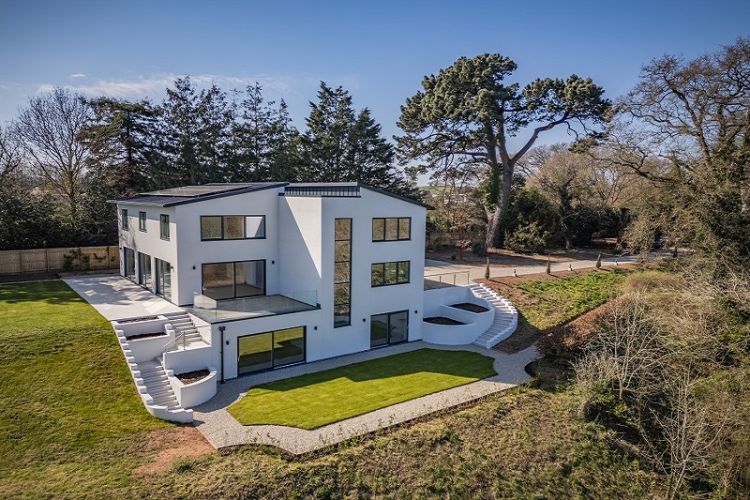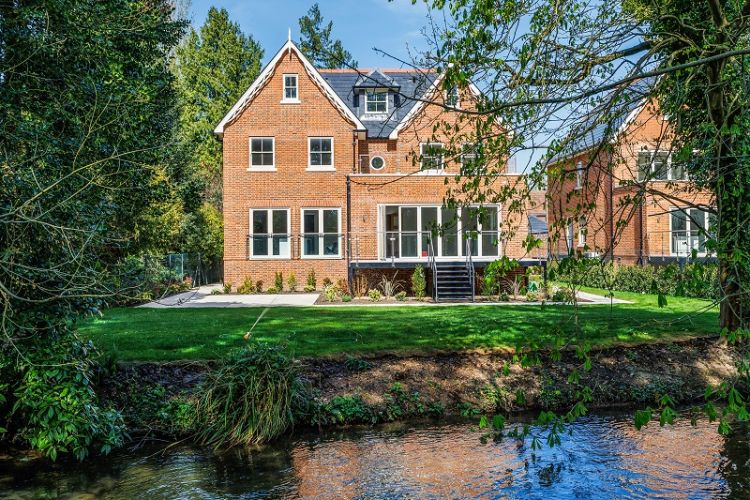
To Buy Beautiful, or Build Better

There are two differing schools of thought in the British property market. On one side are those who seek a fully finished, move-in-ready home: an oasis of certainty in an unpredictable housing landscape. On the other, a cohort sees untapped potential in properties that need significant improving, relishing the opportunity to transform a house into a home and put their stamp on it. But what truly drives these preferences? We look to our latest Housing Futures survey to try and unpick this division.
The Appeal of a Fully Finished Home
For many buyers, a property requiring no additional work is the holy grail. The prospect of moving in with minimal fuss – without the headaches of planning permissions, spiralling budgets, and unreliable tradespeople – is a powerful draw. This is particularly true in an era where supply chain disruptions and labour shortages have seen the cost of home improvements surge by as much as 20%*.
The demand for fully finished homes is significant. According to Housing Futures, 25% of buyers across the UK favour a home requiring no work, a figure that falls to 17% in London, where compromises on finish are often necessary to secure a coveted location. For those who still want a completed home in London many look to the high-end turnkey market.
For buyers who still wish to inject some personality into their home but balk at the idea of structural works, decorative updates provide a middle ground. One-quarter of buyers intend to carry out such improvements, with 80% of them planning to stay in their homes for over five years suggesting that these changes are driven more by personal preference than the pursuit of profit.

Milton Lodge is a high-spec family home in Devon, with an EPC A
The Case for Renovation: London’s Unique Market
Despite the ease of a fully finished home, 17% of buyers across the UK actively seek out properties with scope for structural work, a number that jumps to 34% in London. In the capital, where space is at a premium, the ability to extend out, up, down, or reconfigure a layout can be a necessity rather than a choice. Whether it is adding a loft conversion, extending a kitchen, or knocking through internal walls, renovations allow homeowners to stay put while adapting to changing needs.
For some, the financial upside is the key motivator. In prime areas where every square inch commands a premium, extending or refurbishing a home can be a lucrative move. However, the sums do not always add up. Planning constraints, spiralling construction costs, and delays can erode margins, turning a once-promising project into a money pit.
London’s construction industry is better equipped than many other parts of the UK, boasting a deep pool of architects, builders, and skilled tradespeople. But this expertise comes at a price. By contrast, buyers in villages and rural areas are more likely to find that the costs and logistical challenges of large-scale renovations outweigh the financial returns, making the case for a fully finished home stronger.
Who Is Renovating, and Why?
Our Housing Futures survey data reveals a clear distinction between those who choose to renovate and those who prefer to buy a completed home. Short-term owners, those planning to stay in their property for fewer than five years, are more inclined to undertake structural works, with 24% in this category compared to just 15% of those staying longer. 60% of those planning to renovate are under 35, suggesting they see renovations as a means of increasing a property’s value before trying to take the next step on the property ladder.
By contrast, those opting for decorative upgrades tend to be in it for the long haul. These buyers are more likely to be making changes for their own benefit rather than in the hope of securing a higher resale price.

The Old Nursery is a new-build development in Bourne End
Conclusion: Is Renovation Still Worth It?
The key advantage of carrying out works is the ability to create a home tailored to one’s individual needs, but prospective renovators must tread carefully. Costs can quickly spiral, and even well-planned projects are subject to delays. Moreover, for those embarking on major works, the disruption is a significant consideration, living amid dust and debris, or funding alternative accommodation, adds an extra layer of complexity.
Mid-level works may be the perfect middle ground. Kitchen and bathroom refits remain among the most popular improvements, with 22% of buyers planning to update these crucial spaces. Unlike structural works, these renovations are often about enhancing everyday living rather than maximising profit.
The divide between buyers seeking fully finished homes and those willing to renovate reflects fundamental differences in personal priorities: convenience versus customisation, certainty versus opportunity. London’s unique housing constraints push more buyers towards renovation as a means of maximising space where renovations can open the door to a wider range of potential homes.
Among those looking to undertake structural renovations, 71% feel that there is sufficient choice in the housing market. However, for those who want a fully finished home, that figure drops below 50%, suggesting that finding the perfect property ‘off the shelf’ is no easy task.
A well-executed renovation can add value and transform a home into something truly special – but in today’s climate, the risks are greater than ever. For those craving certainty, a fully finished home may well be worth the premium.
